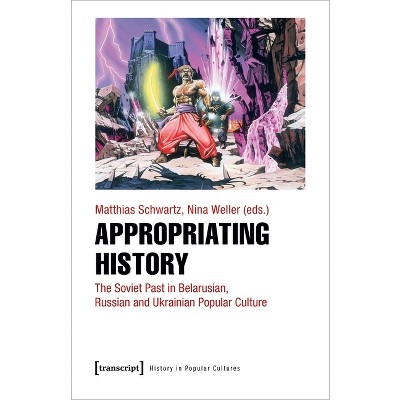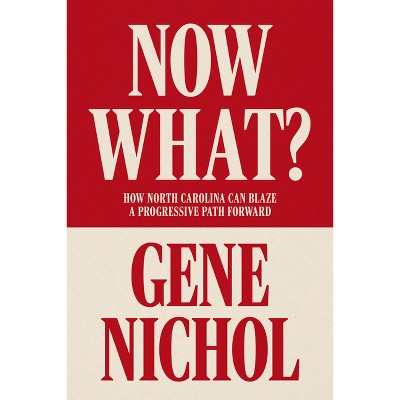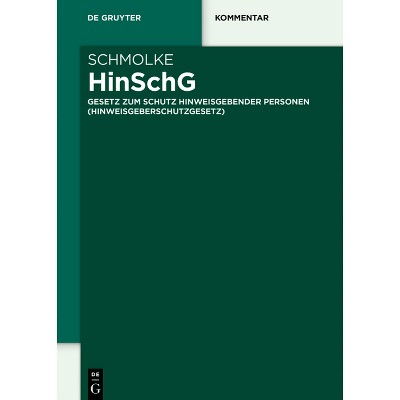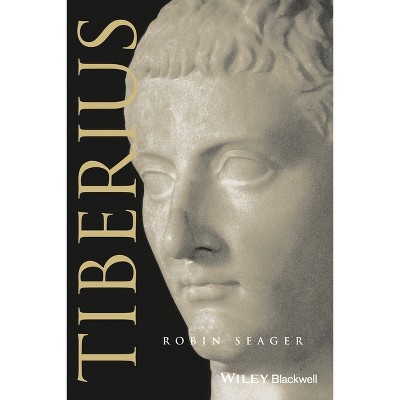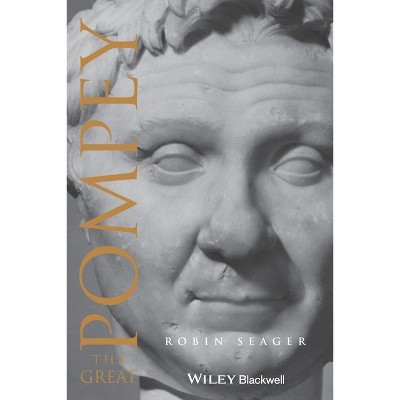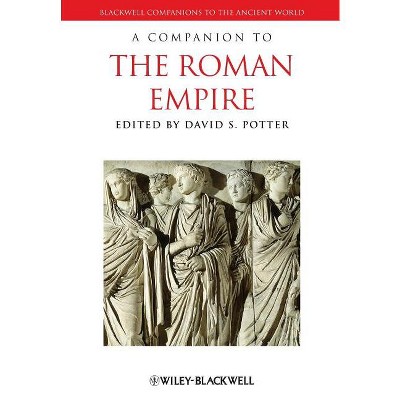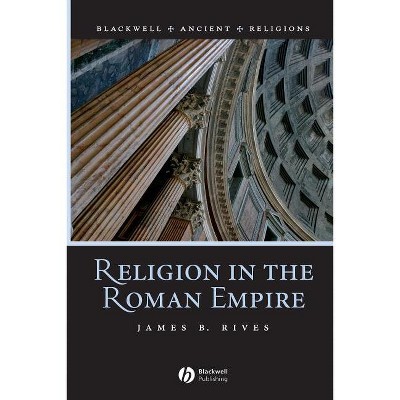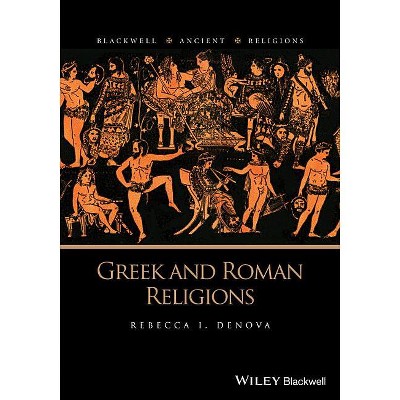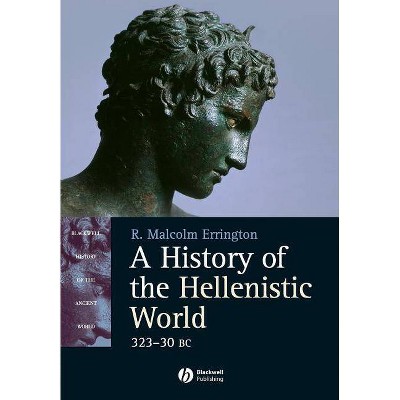Sponsored

Constantine - (Blackwell Ancient Lives) by Timothy D Barnes (Paperback)
In Stock
Sponsored
About this item
Highlights
- Drawing on recent scholarly advances and new evidence, Timothy Barnes offers a fresh and exciting study of Constantine and his life.
- About the Author: Timothy David Barnes is Professor Emeritus of the University of Toronto.
- 288 Pages
- Biography + Autobiography, General
- Series Name: Blackwell Ancient Lives
Description
Book Synopsis
Drawing on recent scholarly advances and new evidence, Timothy Barnes offers a fresh and exciting study of Constantine and his life.- First study of Constantine to make use of Kevin Wilkinson's re-dating of the poet Palladas to the reign of Constantine, disproving the predominant scholarly belief that Constantine remained tolerant in matters of religion to the end of his reign
- Clearly sets out the problems associated with depictions of Constantine and answers them with great clarity
- Includes Barnes' own research into the marriage of Constantine's parents, Constantine's status as a crown prince and his father's legitimate heir, and his dynastic plans
- Honorable Mention for 2011 Classics & Ancient History PROSE award granted by the Association of American Publishers
From the Back Cover
"Summing Up: Essential. Upper-division undergraduates and above." (Choice, 1 January 2012)"I would recommend a careful reading of this book to anyone who wants to discover what we really know about Constantine." (Open House, 1 April 2012)
"Barnes' hypothesis, that Constantine pursued aggressively Christian policies, is sustained through a point-by-point summation of four decades of scholarship, and vindicated by the latest innovative research. This is a powerful, polemical, and persuasive book."
--Paul Stephenson, University of Durham
"Thirty years after Constantine and Eusebius, Tim Barnes has rejoined the fray of Constantinian studies. Armed with fresh evidence and characteristic vigor, blending biography, politics, and religion, Barnes has once again set the agenda for debate on topics central to the history of the later Roman world."
--Dennis Trout, University of Missouri
Depictions of Constantine and his actions have varied widely, with modern portrayals ranging from the pious Catholic emperor depicted by Cardinal Baronius in the 16th century to the 19th century Hegelian interpretation of Constantine as an ancient Napoleon. Barnes argues that most modern representations of Constantine are rarely based on an evaluation of the relevant ancient evidence, but instead usually reflect the predilections of their creators.
In this new and exciting investigation, Barnes develops his interpretation of the emperor first set out in his Constantine and Eusebius (1981). He is now able to strengthen his arguments and conclusions in light of the emergence of new evidence and recent research. These include especially Peter Weiss's convincing interpretation of the vision of Constantine in 1993, and Kevin Wilkinson's more recent re-dating of the poet Palladas to the reign of Constantine, which disproves the predominant scholarly belief that Constantine remained tolerant in matters of religion to the end of his reign. Barnes also investigates the marriage of Constantine's parents, Constantine's status both as a crown prince in the reign of Diocletian and as his father's legitimate successor as emperor in 306, and the dynastic politics of his reign.
Review Quotes
"This fine book is a significant achievement in a fertile era of Constantinian studies." (Ecclesiastical History, 1 July 2013)
"I would recommend a careful reading of this book to anyone who wants to discover what we really know about Constantine." (Open House, 1 April 2012)
"Summing Up: Essential. Upper-division undergraduates and above." (Choice, 1 January 2012)
About the Author
Timothy David Barnes is Professor Emeritus of the University of Toronto. He is the author of Constantine and Eusebius (1981), The New Empire of Diocletian and Constantine (1982), Athanasius and Constantius: Theology and Politics in the Constantinian Empire (1993), Ammianus Marcellinus and the Representation of Historical Reality (1998), and Early Christian Hagiography and Roman History (2010).Shipping details
Return details
Frequently bought together



Trending Non-Fiction






